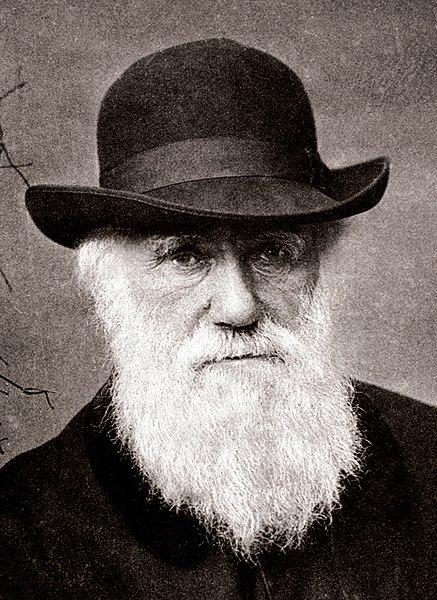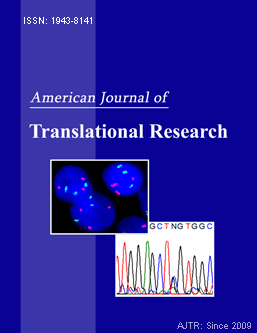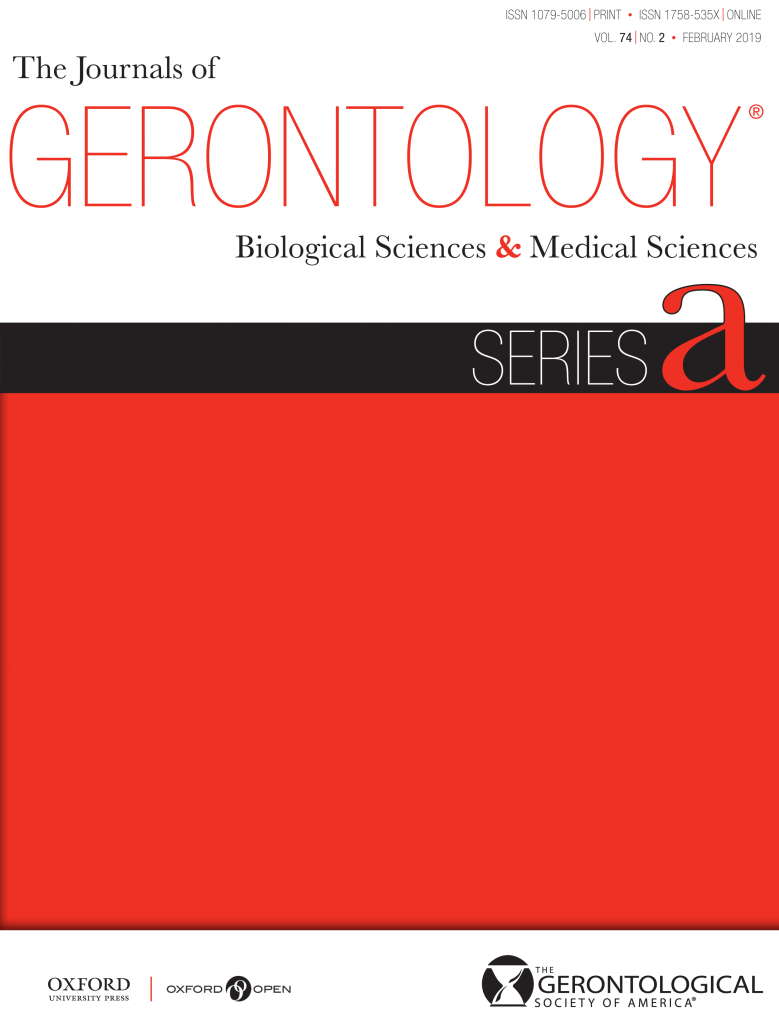 Publishers love their embargoes, whether they’re of papers that aren’t open access yet, or are available to the media before they’re published. Apparently, however, they also break embargoes, just like the journalists they sometimes sanction for the same sin.
Publishers love their embargoes, whether they’re of papers that aren’t open access yet, or are available to the media before they’re published. Apparently, however, they also break embargoes, just like the journalists they sometimes sanction for the same sin.
Take Oxford University Press, which publishes the journal Physical Therapy for the American Physical Therapy Association (APTA). Late last month, the journal temporarily withdrew eight papers because, well, the publisher broke the journal’s embargo. Jan Reynolds, the APTA’s managing editor for the journal and director of scientific communications, explained to Retraction Watch that Continue reading Journal temporarily withdraws eight papers after publisher mistake








